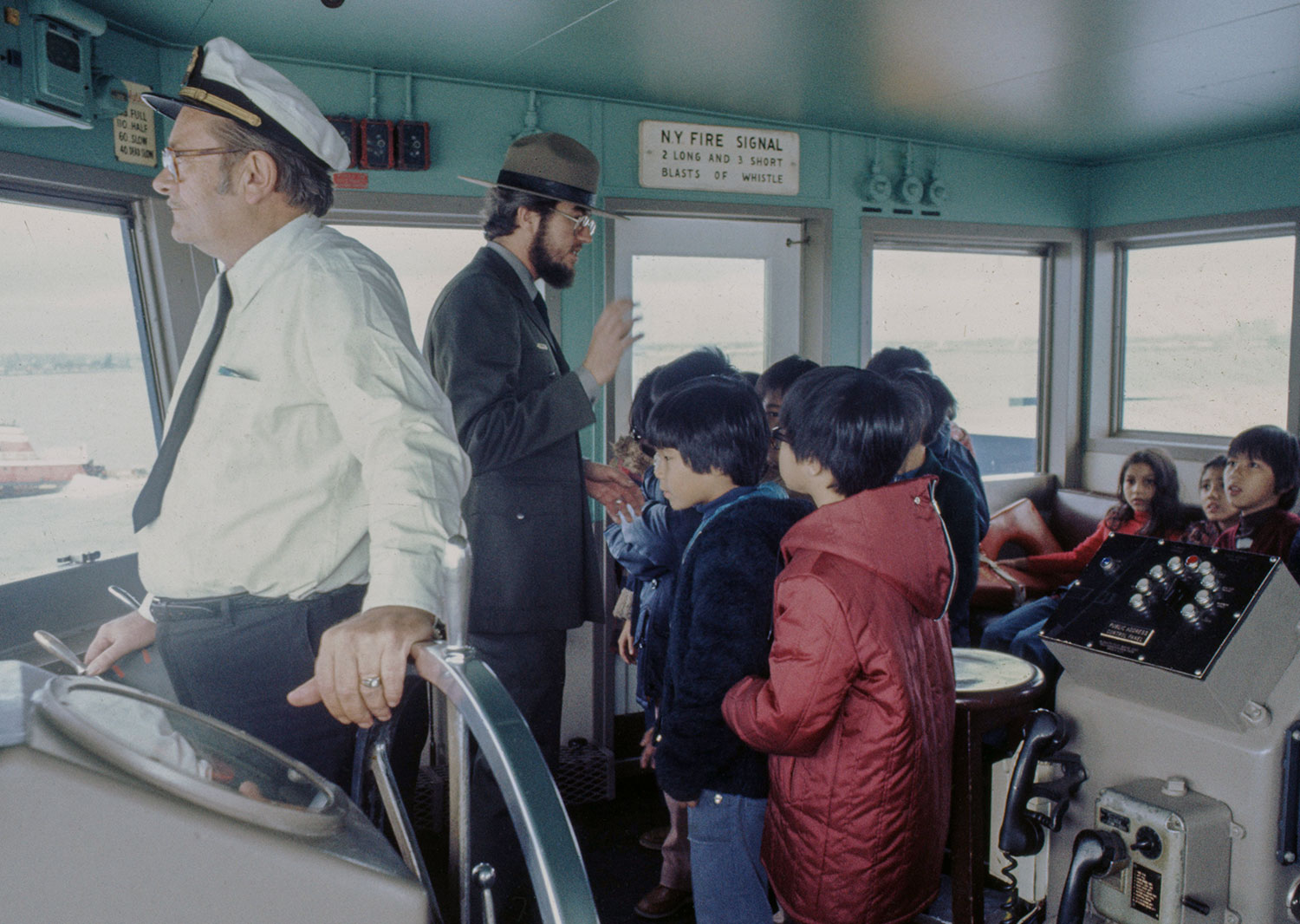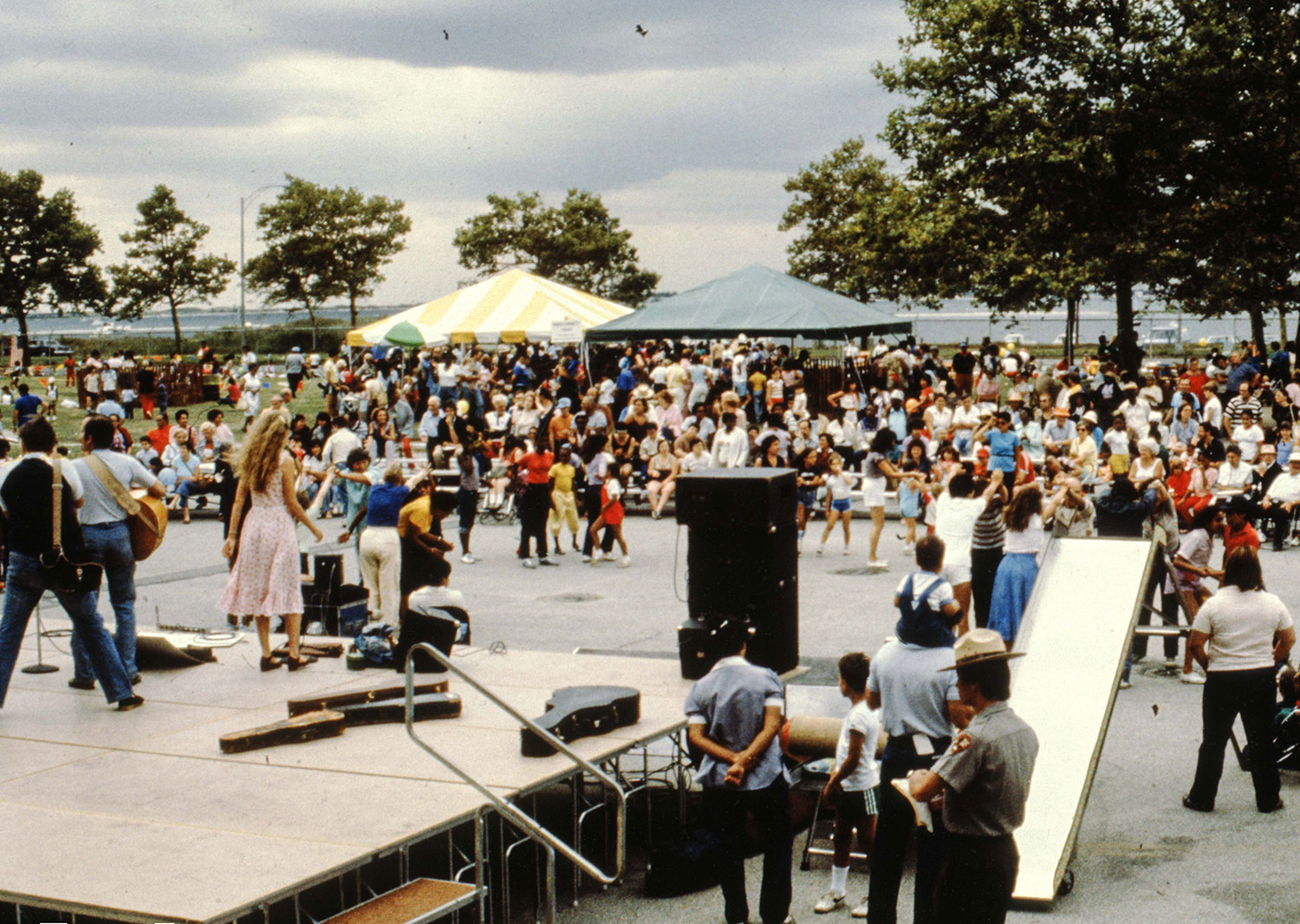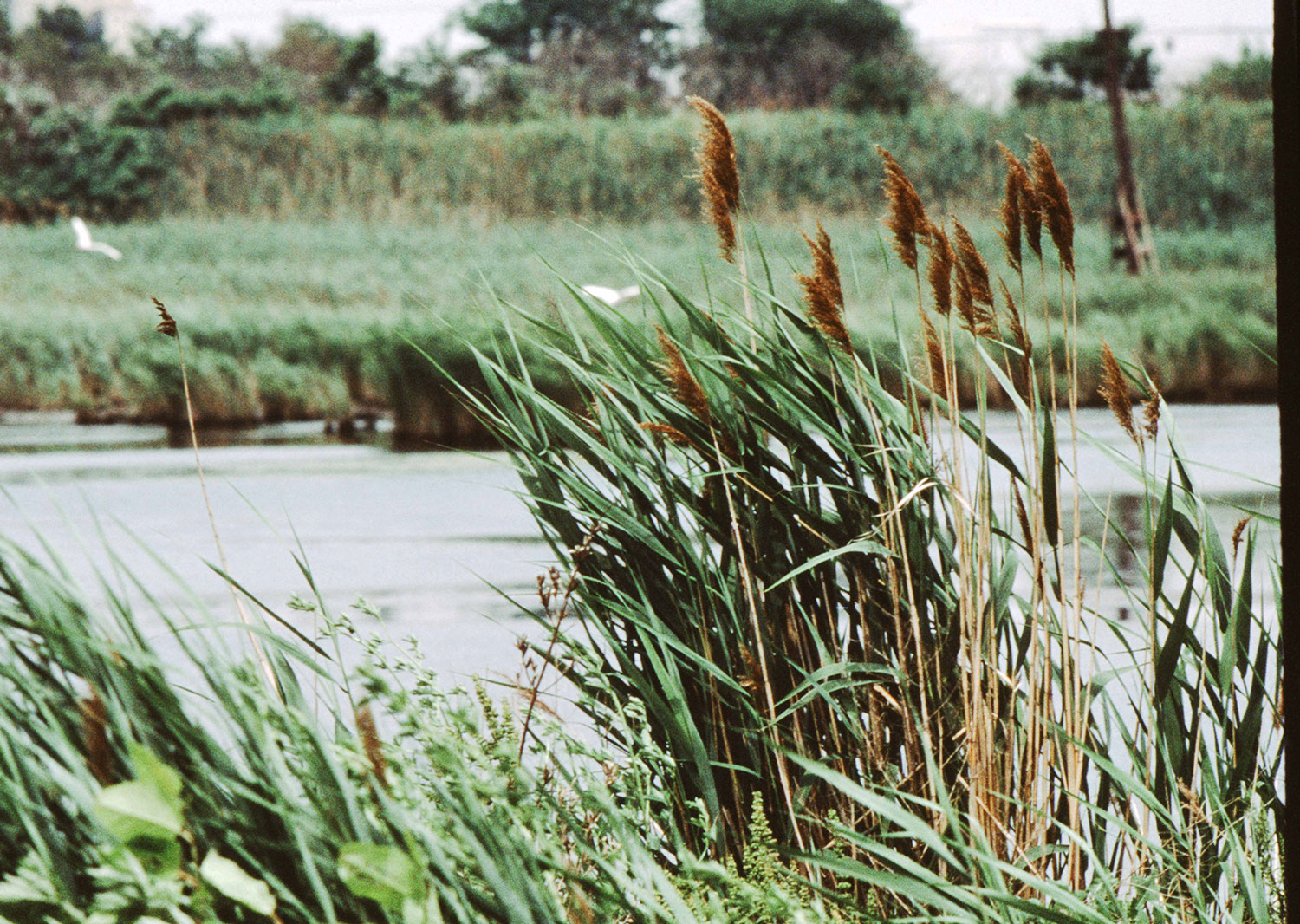Creating Green Spaces in the Urban Environment
“Creating green space and preserving nature where people live is critical to improving local communities.”
Tom has provided leadership in a wide range of urban open space initiatives – creating community gardens and urban parks, designing greenways, planting street trees, revitalizing abandoned industrial waterfronts and waterways and helping establish one of America’s first urban national parks.
Gateway National Recreation Area (NRA) 1975-1978
Click image to enlarge
As a one of the first rangers at Gateway National Recreation Area Tom planned, designed and implemented environmental education programs and pilot projects and produced special events. Tom developed a very successful environmental education program working with the NYC Board of Education, Cornell University Cooperative Extension, and the NYS Office of Parks Recreation and Historic Preservation. Operation Explore took over 65,000 high school students to farms and fisheries to explore where their food comes from during its 26-year life span. He coordinated the Bicentennial Boat Trips, a pilot waterborne transportation program, which brought 4,000 youth and senior citizens to the Park from Manhattan and Hoboken and started the Floyd Bennett Community Garden which is now one of the largest community gardens on the East Coast.
Institute for Local Self-Reliance 1978-1980
Click image to enlarge
As co-Director of Urban Agriculture at the Institute for Local Self Reliance in Washington, DC, Tom helped save a 4-acre vacant lot dubbed Community Park West in the city’s Adams Morgan neighborhood. Providing technical assistance to a neighborhood activist who unearthed evidence that the site had been a large African–American cemetery, they stopped development of thirty condominiums on the site, after the first five were built in 1978. The lot was home to the Ontario Lakers, a local youth organization and hosted football, baseball and basketball programs that kept neighborhood kids off the streets.
Tom and his partner led an effort to create a community garden and involve area residents in creating a people’s plan to transform the lot into a city park which it became in 1982. In 2005, local residents were again confronted with development plans in the park and got Howard University to unearth artifacts and the remains of over 8,000 people buried in 19th Century cemeteries. Walter Pierce Park is named for the local activist and, in 2015, the National Park Service named the Mt. Pleasant Plains Cemetery at Walter Pierce Park a National Underground Railroad Network to Freedom Site. In addition, Tom worked with the White House to create the South Bronx Open Space Task Force by assembling a coalition of three community organizations to build 13 community gardens – symbol of hope and resiliency in desperate times.
Brooklyn/Queens Greenway 1985-1990
Click image to enlarge
In 1985, Tom noticed that Fredrick Law Olmsted’s 1880’s Brooklyn park system and the one Robert Moses created in Queens in the 1930’s could be linked together with a bicycle and pedestrian path. He initiated and implemented feasibility and design studies and gathered community and government agency support for a bicycle and pedestrian path. The Greenway links 13 city parks, two botanic gardens, the Brooklyn Museum and Queens Hall of Science, natural areas, playing fields and historic landmarks on a path 40-miles across Long Island from the Atlantic to the Long Island Sound.
New York City Departments of Transportation and Parks and Recreation, implemented his award-winning design and the greenway was featured “Greenways For America” by Charles Little, Johns Hopkins University Press and in “Greenways – Paths to the Future” National Geographic, in June 1990 as well as. The Brooklyn/Queens Greenway Guide helps New Yorkers explore recreation, education, and transportation opportunities along the route.

















